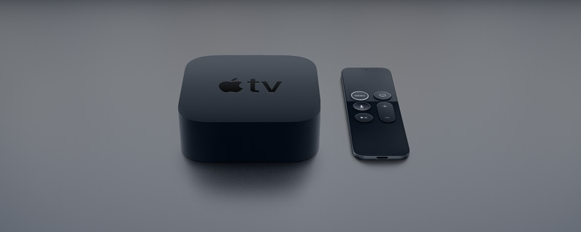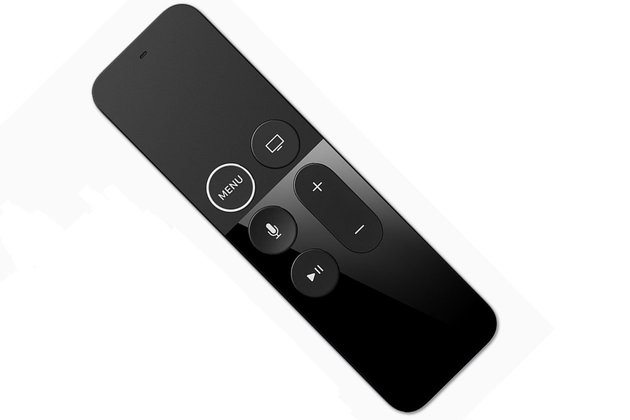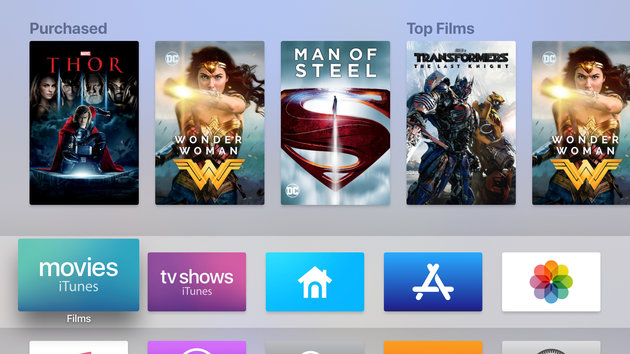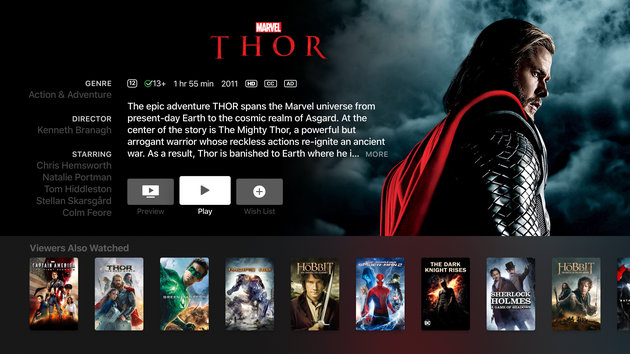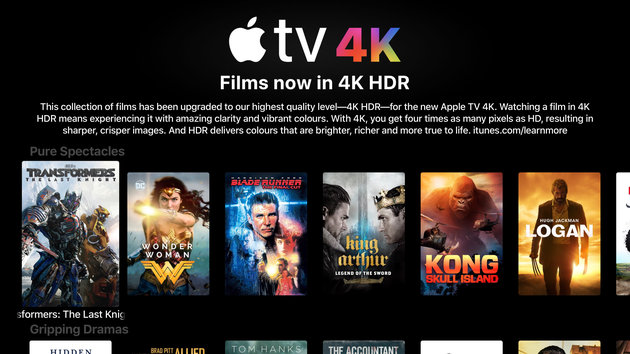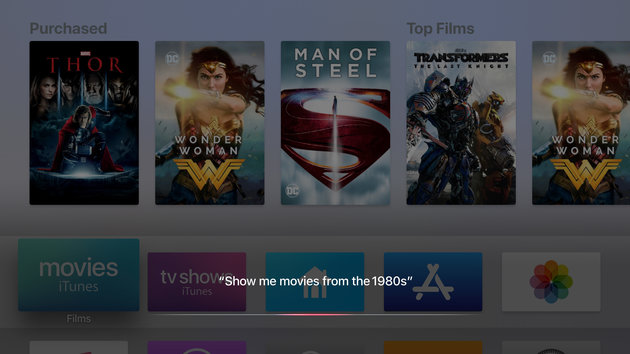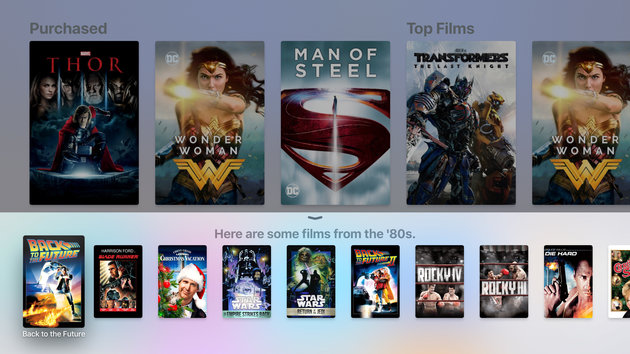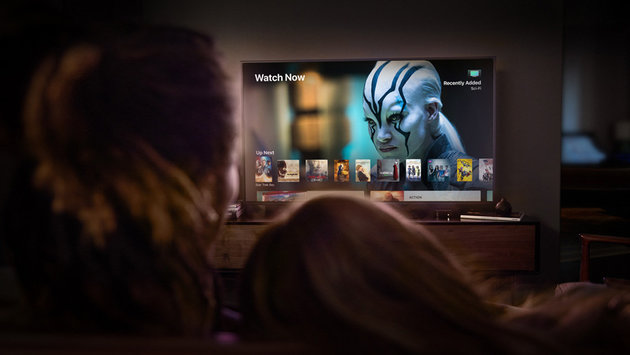I’ve been called a pencil, a string bean, skin and bones. I’ve heard the three words no man who cares about his physique ever wants to hear: “You work out?”
Trainers refer to us as ectomorphs – which sounds like something from Ghostbusters – to distinguish us from mesomorphs, the guys who always look like they work out even when they don’t.
My fellow ectomorphs and I prefer to call ourselves “hard gainers”. We brush off the insults, chalk up our physiques to high metabolism and take solace in the fact that some of us are good at endurance sports.
At least that’s what I used to do. Then I had my Charles Atlas moment. But it wasn’t a sand-kicking bully who made me want to become bigger and stronger. It was a former girlfriend who wanted to hire movers to carry her furniture into a new apartment because she was afraid I’d hurt myself if I tried to help.
I knew it was time to build strength and muscle. But before I could, I had to demolish five of the myths that hold skinny guys back.
Myth 1: An ectomorph can’t gain muscle
I almost puked during a test of my maximum bench press. Martin Rooney, C.S.C.S., director of the Parisi Speed School in New Jersey, US, explains why: “Lifting weights is a stimulus. It attacks your body – everything from your muscles to your nervous system,” he says.
“That was your body being challenged in a way it’s never been before. It isn’t used to that kind of stress. Now your muscles will rebuild and prepare for the next attack.”
I’d need it: That first workout was humbling. At 6 feet tall and 66kg, I could deadlift just 47kg and bench press 43kg only three times. I could do 11 chinups, which isn’t bad, and my 11.5% body fat would be the envy of many mesomorphs if they weren’t already laughing at my upper-arm girth or my wimpy 50cm vertical jump.
Rooney assured me that building up from this shaky platform would be difficult but not impossible, as long as I was willing to push myself.
“Your body is an incredibly adaptive organism,” he says. “That’s why every time you lift, you have to challenge yourself to provide a greater and greater jolt to shock your muscles into another round of rebuilding.”
Myth 2: No matter how much he eats, a hard gainer can’t put on weight
If you think you eat enough to build muscle, try this experiment, courtesy of Alan Aragon, a nutritionist and Men’s Health advisor.
Pick a recent day that represents how you typically eat. Try to remember everything you consumed and run it all through a kilojoule calculator.
If you’re like me, you’ll see a problem. I estimated that I ate about 8 368 kilojules a day, but it was really more like 7 000 – nowhere near what I needed to maintain my existing muscle mass, let alone add to it.
“Underweight people tend to overestimate their daily kilojoule intake,” Aragon says. “Then they incorrectly attribute their low weight to a high metabolism.”
So kilojoules matter. But so do the sources of those kilojules, Aragon says. More food means higher levels of glucose circulating in your blood. That creates metabolic stress, leading to inflammation, and inflammation can lead to a whole host of problems, including cancer and cardiovascular disease.
So trying to build a more muscular body with junk food is like trying to build a log cabin with wood drenched in lighter fluid.
Aragon directed me towards whole grains, which provide fibre that may help regulate blood glucose, and foods rich in antioxidants and omega-3 fatty acids to fight inflammation. But I still dreaded the answer to my next question: How much will I have to eat?
Myth 3: He has to eat till he bursts
Aragon’s nutrition plan called for 10 460 kilojoules on workout days, including 213g of protein. That much protein amounts to a kilogram of raw sirloin or 34 large eggs!
I had trouble stuffing it all down at first. It took me a half hour to finish breakfast, and my lunches in the company cafeteria horrified my coworkers. Soon I realised I couldn’t consume all my kilojoules in three giant meals.
So I adapted: I kept a jug of almonds and a bunch of bananas at my desk for snacks. I stored a block of cheese and a gallon of chocolate milk in the office fridge.
“Your body will tell you how it best processes calories,” Aragon says.
“For some people it’s large meals. For others it’s around-the-clock eating. If you time it right, you should rarely feel as if you’re force-feeding yourself.”
Myth 4: He must live in the gym
Each week I worked out four or five days, training for up to six hours total. But if I felt physically or mentally drained, I skipped a workout or two.
“If your body’s sore, it’s telling you it needs more time to recover,” Rooney says.
I’m convinced that the extra rest time enhanced my results, giving my body the time it needed to recover and to come back stronger.
Myth 5: Results will be minor
I won’t lie: It can be tough, especially in the first few weeks. Some days I was so sore I wanted to avoid walking up a flight of stairs. And the results are unpredictable. You may gain a few kilos right away or you may lose a kilogram or two because of the radical change in your routine.
But once you’re past the shock stage, you should see steady growth. “Beginning lifters can expect about 1kg of muscle growth a month,” Aragon says.
Key point: Each time you hit the gym, give your best effort. “You may think it’s just one rep you’re missing, but that last rep is when your muscles are working hardest,” Rooney says. “The question isn’t whether you’re a hard gainer, but are you a hard trainer?”
Rooney retested me about four and a half months after my first visit. I deadlifted 114kg, and my three-rep max on the bench press jumped to 75kg. I cranked out 20 chinups, and my vertical leap soared to 67cm.
That’s in addition to the 6.3kg I gained. And it may not sound like much, but I added 5cm to my biceps. My waist was still 81.2cm and my body fat actually decreased to 9.8%.
But the sweetest reward wasn’t measured with a barbell or tape measure. A friend mentioned that she was moving to a new apartment and asked if I could help with the furniture.
“No problem,” I said. And it wasn’t.
This article was originally published on www.mh.co.za
Image credit: iStock





